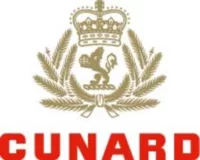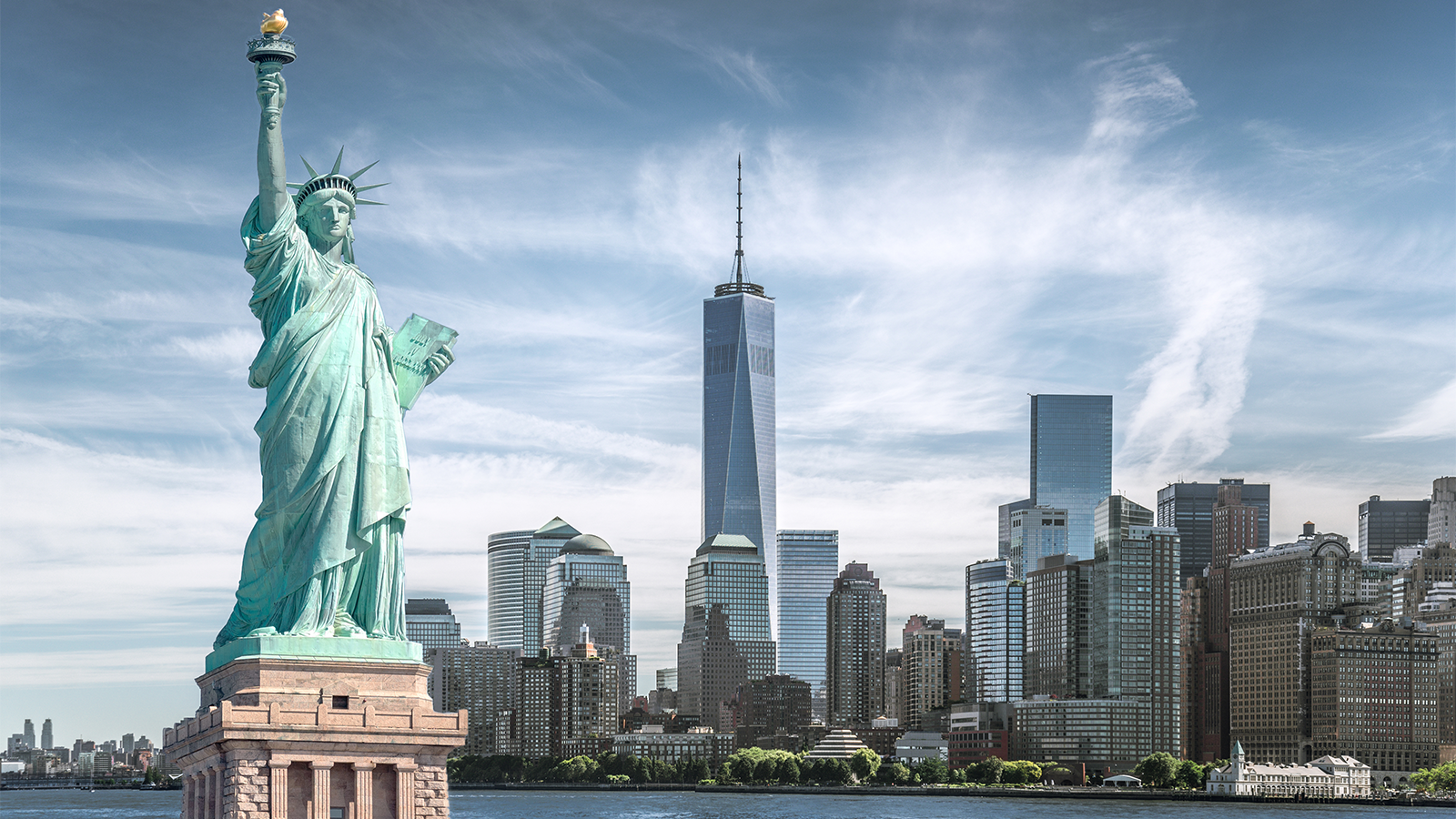
Cunard Line
The age of elegance lives on aboard Cunard's impressive fleet, with white-gloved afternoon teas, grand staircases, exuberant cabins and formal galas in elegant restaurants.
Now that Cunard has observed the centenary of its pioneering world cruise, the famous mantra of dignified excellence has intensified to create not just one of the greatest cruise experiences, but the finest travel money can buy.
2996
Passengers
1225
Crew
2024
Launched
113000t
Tonnage
322m
Length
34m
Width
24kts
Speed
14
Decks
Cruise Itinerary
Day 1
Kiel, Germany
Day 2
Skagen, Denmark
Arrival Time: Early Morning; Depart Time: Afternoon
Day 3
At Sea
Relax and make the most of the myriad of facilities available on board the ship, from fantastic entertainment to delicious and diverse dining options.
Day 4
Southampton, England
Arrival Time: Early Morning; Depart Time: Evening
Day 5
At Sea
Relax and make the most of the myriad of facilities available on board the ship, from fantastic entertainment to delicious and diverse dining options.
Day 6
Belfast, Northern Ireland
Arrival Time: Early Morning; Depart Time: Evening
Days 7 - 8
At Sea
Relax and make the most of the myriad of facilities available on board the ship, from fantastic entertainment to delicious and diverse dining options.
Days 9 - 9
Akureyri, Iceland
Arrival Time: Afternoon; Depart Time: Evening
Day 9
,
Arrival Time: Evening; Depart Time: Evening
Day 10
Isafjørdur, Iceland
Arrival Time: Early Morning; Depart Time: Evening
Days 11 - 12
Reykjavík, Iceland
Depart Time: Afternoon
Day 13
At Sea
Relax and make the most of the myriad of facilities available on board the ship, from fantastic entertainment to delicious and diverse dining options.
Day 14
Stornoway, Isle of Lewis, Scotland
Arrival Time: Morning; Depart Time: Evening
Day 15
At Sea
Relax and make the most of the myriad of facilities available on board the ship, from fantastic entertainment to delicious and diverse dining options.
Day 16
Cobh, Ireland
Arrival Time: Early Morning; Depart Time: Afternoon
Day 17
At Sea
Relax and make the most of the myriad of facilities available on board the ship, from fantastic entertainment to delicious and diverse dining options.
Day 18
Southampton, England

Day 1
Kiel, Germany

Day 2
Skagen, Denmark

Day 3
At Sea

Day 4
Southampton, England

Day 5
At Sea

Day 6
Belfast, Northern Ireland

Days 7 - 8
At Sea

Days 9 - 9
Akureyri, Iceland

Day 9
,

Day 10
Isafjørdur, Iceland

Days 11 - 12
Reykjavík, Iceland

Day 13
At Sea

Day 14
Stornoway, Isle of Lewis, Scotland

Day 15
At Sea

Day 16
Cobh, Ireland

Day 17
At Sea

Day 18
Southampton, England
Ship Details


Cunard Line
Queen Anne
Queen Anne’s breathtaking interiors take inspiration from our past to define a striking new design direction for our future. Come on board to discover a ship that is modern, yet timeless. A ship that offers both exciting, novel experiences, as well as our much-loved signature venues.
Cabins
All Prices

















